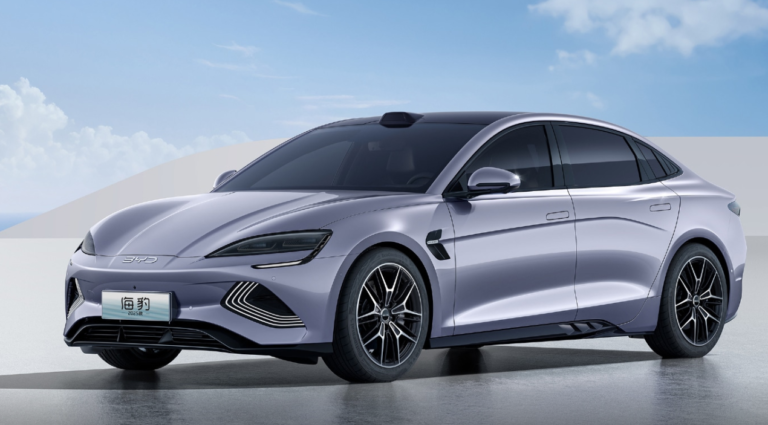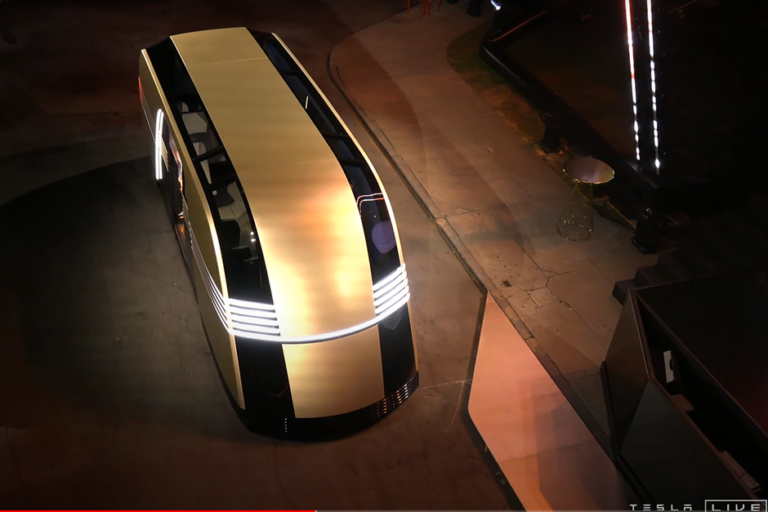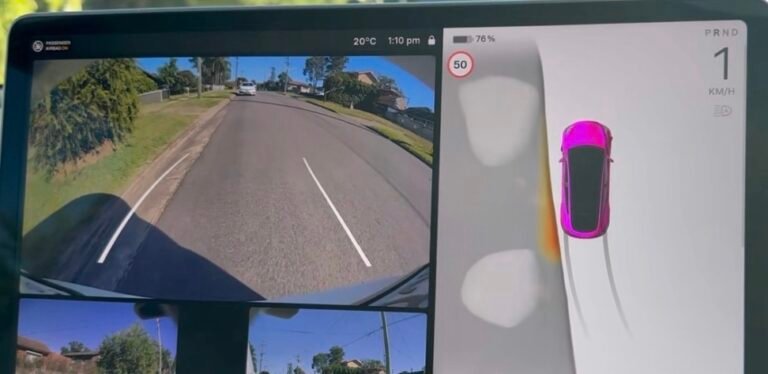How Electric Vehicles Can Transform Beijing’s Air Quality by 2035

Beijing’s battle for cleaner air is gaining momentum, and electric vehicles (EVs) are at the forefront of this transformation. A recent study finds that to improve air quality by 2035, EV adoption must more than triple, reaching a total of 2.4 million vehicles, making the city’s path to healthier air and reduced emissions more critical than ever.
Air pollution has been a long-standing issue in Beijing, causing serious public health problems. Pollutants like nitrogen oxides (NOx), volatile organic compounds (VOCs), and particulate matter (PM) contribute to respiratory and cardiovascular diseases, with vulnerable groups like children and the elderly at even greater risk.
Electric vehicles (EVs) are seen as a key solution to reduce emissions and improve air quality in Beijing. A recent study published in the International Journal of Environmental Science and Technology by Y. Xue and colleagues in 2023 examines the role of EVs in reducing air pollution and outlines the steps necessary to achieve Beijing’s ambitious air quality goals.
The Role of EVs in Reducing Air Pollution
By 2021, 7% of vehicles in Beijing were electric, totaling around 600,000 EVs, thanks to government policies like preferential license plate rules, subsidies, and dedicated road rights for EVs. These measures helped reduce NOx and VOC emissions by 9–14%.
However, with over 6.5 million fossil fuel vehicles still on the roads, Beijing has a long way to go. EVs have demonstrated their ability to cut air pollution, but the current adoption rate isn’t enough to make a substantial impact on the city’s air quality targets for 2035.
Health Impacts of Airborne Pollutants
Air pollutants like NOx and PM2.5 are particularly harmful. NOx contributes to the formation of ground-level ozone and fine particulate matter, both of which can lead to serious health problems such as asthma, bronchitis, and heart disease.
In densely populated cities like Beijing, this poses significant public health risks. Reducing NOx and PM emissions by replacing fossil fuel vehicles with EVs can greatly improve the health and well-being of Beijing’s residents.

Air pollution is a critical global health issue, responsible for an estimated 8.1 million deaths worldwide in 2021, as reported by the Health Effects Institute (HEI). This alarming figure highlights its role in causing chronic diseases like respiratory and cardiovascular conditions. Beyond mortality, millions suffer from health complications, straining healthcare systems and economies. Addressing air pollution is essential for improving public health and ensuring sustainable societies globally.
Challenges Slowing EV Adoption
Despite the clear environmental and health benefits, EV adoption has been slow due to higher upfront costs, charging anxiety, and limited charging infrastructure. The cost of commercial EVs like buses and trucks is still two to five times higher than their fossil fuel counterparts. While passenger electric cars are becoming more affordable, replacing large commercial vehicles remains a significant challenge. To reach the city’s air quality targets, a major push for EV infrastructure and more affordable models is required.

Future Scenarios for EV Growth
The study by Y. Xue et al. outlines four possible EV development scenarios to evaluate their impact on Beijing’s air quality by 2035:
- Natural Upgrading (No EVs): Without electrification, pollutant reductions would come from eliminating older vehicles, reducing NOx emissions by 16,000 tons.
- Inertial Development (1.57 million EVs): Electrifying 1.57 million vehicles could reduce NOx emissions by 24,000 tons, achieving 56–70% of the needed reductions.
- Balanced Development (2.37 million EVs): With 2.37 million EVs, NOx emissions could be reduced by 31,000 tons, representing 70–85% of the required reductions.
- Emission Reduction Priority (2.96 million EVs): The most aggressive scenario could reduce NOx emissions by 37,000 tons, accounting for 79–97% of the total reductions needed to meet Beijing’s air quality goals.
Currently, Beijing has around 600,000 EVs on the road. To meet the goal of replacing 2.4 million fossil fuel vehicles with EVs by 2035, the city would need to increase its EV stock by approximately 269%. This would involve more than tripling the current number of EVs over the next decade to significantly reduce air pollution and improve public health.
A Path to Cleaner Air by 2035
To achieve its air quality target of reducing PM2.5 to below 15 µg/m³ by 2035, Beijing will need to replace around 2.4 million fossil fuel vehicles with EVs, focusing on electrifying small passenger cars and logistics trucks. The study emphasizes that while progress has been made, accelerating EV adoption, especially in commercial vehicle sectors, is critical. Prioritizing sectors like taxis, buses, and minibuses, where technology is more advanced, can help in the short term, while further innovation and cost reductions are needed for medium- and heavy-duty vehicle electrification.
Final Thoughts
Beyond reducing air pollution, the health benefits of widespread EV adoption will be profound. Fewer emissions mean fewer cases of respiratory and cardiovascular diseases, reduced healthcare costs, and an overall improvement in quality of life. As Beijing works toward its 2035 air quality goal, expanding EV adoption is essential for creating a healthier, more sustainable city. With the right policies and technological advancements, Beijing can be a model for other cities facing similar environmental challenges.
Key arears to focus in future:
- Prioritize Electrification in Mature Technologies: Focus on electrifying minibuses, taxis, and buses before moving to larger vehicles.
- Gradual Transition to Larger Vehicles: After achieving improvements in technology and cost reductions, shift focus to medium-sized and large electric passenger and heavy-duty freight vehicles.
- Reduce Cost Barriers: Address the high purchase price of EVs through technological innovations and economies of scale to make them more competitive with fossil fuel vehicles.
- Enhance Charging Infrastructure: Expand the network of charging stations to improve accessibility and alleviate range anxiety for commercial vehicle operators.
- Implement Supportive Policies: Develop regulations and incentives, such as subsidies and tax breaks, to encourage the adoption of electric commercial vehicles.






